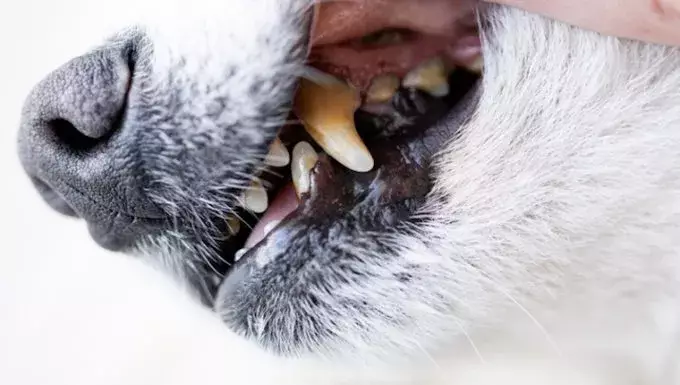Gingival hyperplasia is a dental condition that leads to the abnormal growth of gum tissue in dogs. This condition is characterized by swollen, inflamed gums that can significantly impact a dog’s oral health if left untreated. The enlarged gum tissue can create pockets where bacteria can thrive, leading to periodontal disease, which is often painful and can result in tooth loss if not addressed.
Who is Affected?
While any dog can develop gingival hyperplasia, certain breeds are more susceptible. Breeds like Great Danes, Boxers, Doberman Pinschers, and Dalmatians seem to be particularly prone to this condition. Genetics may play a role in this predisposition, but environmental factors and oral hygiene practices are also significant contributors to the development of gum disease in dogs. Dog owners should monitor their pets closely, especially if they belong to these high-risk breeds.
Recognizing the Symptoms
Detecting gingival hyperplasia early can make a significant difference in treatment and recovery. Common symptoms include, but are not limited to, swollen and red gums, excessive bleeding from the mouth, and abnormal tissue growth along the gum line. Dogs might exhibit discomfort when eating or chewing, and some dogs may even chew on their own gums due to irritation or curiosity. If you notice these signs, it’s crucial to consult a veterinarian promptly.
The primary factor contributing to gingival hyperplasia is a build-up of plaque and bacteria along the gum line. Poor dental hygiene accelerates this process, allowing bacteria to proliferate, which leads to inflammation and tissue growth. Additionally, certain medical conditions and medications, particularly immunosuppressants, can exacerbate the condition. Therefore, regular dental care, including brushing and professional cleanings, is vital for preventing gingival hyperplasia in predisposed breeds.
When you consult a veterinarian about your dog’s dental health, they will start with a thorough physical examination of the mouth and teeth. Diagnostic tools, such as biopsies and X-rays, may be employed to rule out other underlying conditions. Treatment typically involves surgical intervention to remove excess gum tissue and repair the gum line, ensuring the dog’s mouth returns to a healthy state. Following surgery, veterinarians often prescribe pain medication to help manage discomfort.
Furthermore, during treatment, your vet may recommend a deep cleaning of your dog’s teeth to eliminate plaque and tartar that contribute to the issue. Beyond immediate treatment, establishing a regular dental care routine at home is crucial to prevent future occurrences of gingival hyperplasia.
Prevention is always better than cure. As a vigilant pet owner, you can contribute significantly to your dog’s dental health by promoting good oral hygiene practices. Regular brushing, providing dental chews, and scheduling routine veterinary check-ups are vital steps to ensure your dog’s gums remain healthy. Through proactive measures, you can help avoid a range of dental problems, including gingival hyperplasia, that could jeopardize your pet’s long-term health.
Being aware of the signs and symptoms of gingival hyperplasia allows for early detection and intervention, significantly improving outcomes. If your dog shows any unusual behavior or symptoms related to oral health, don’t hesitate to reach out to a veterinarian for guidance and treatment options.

